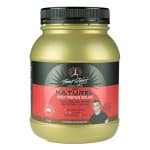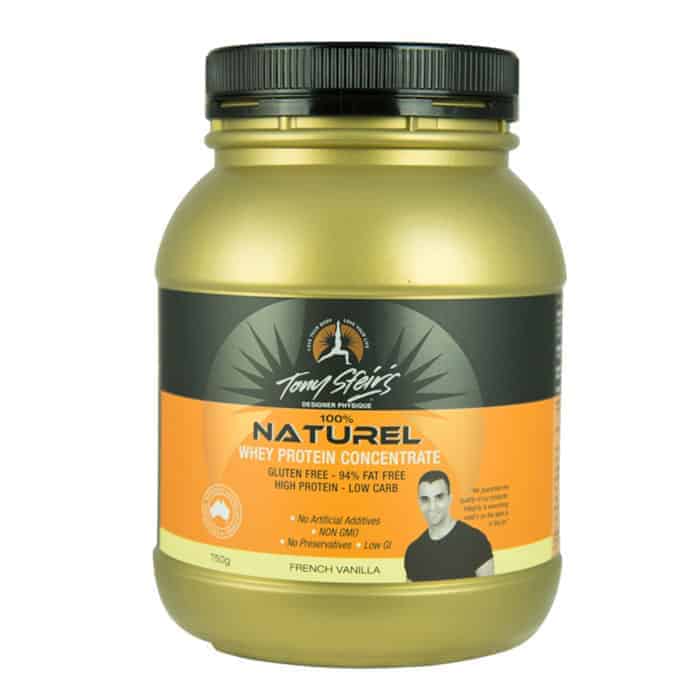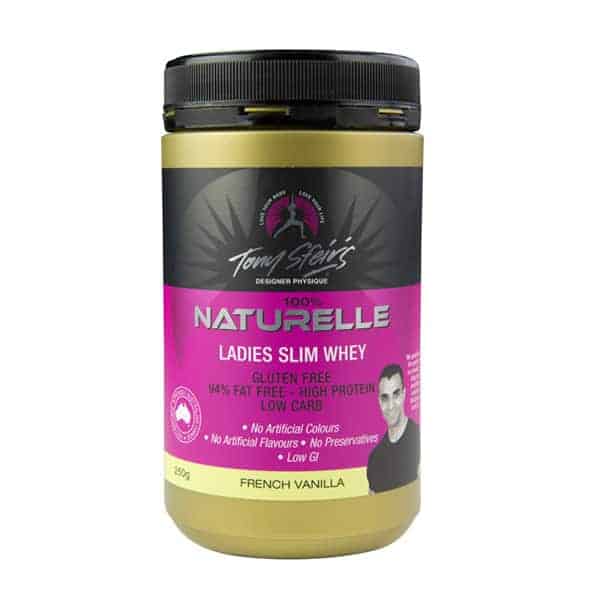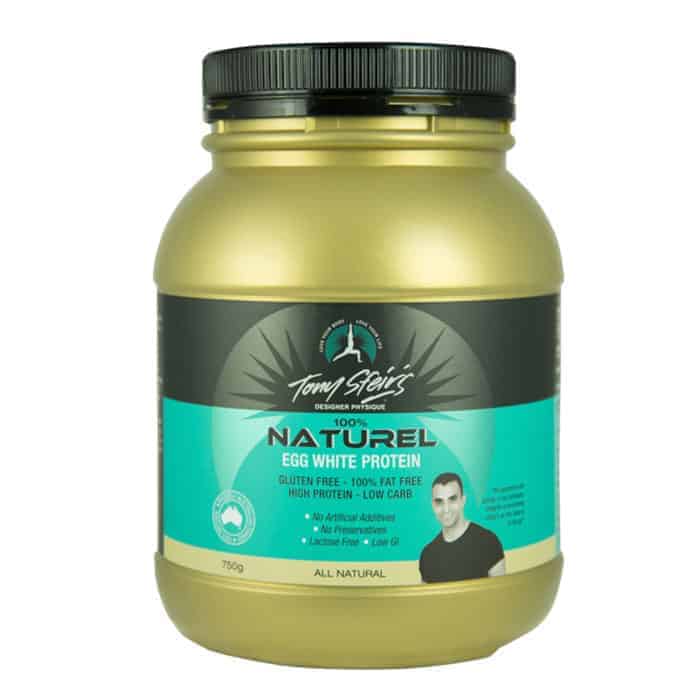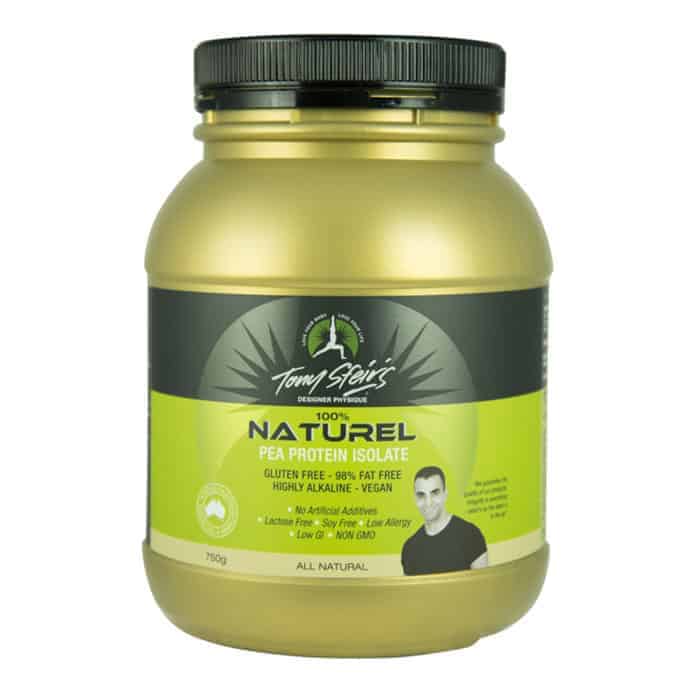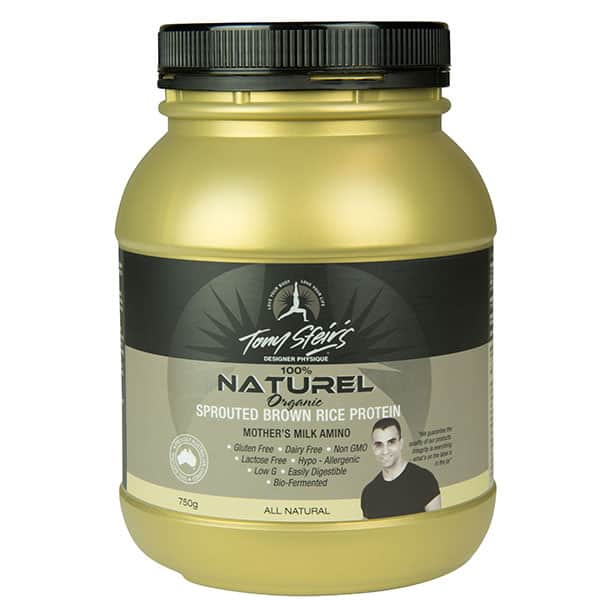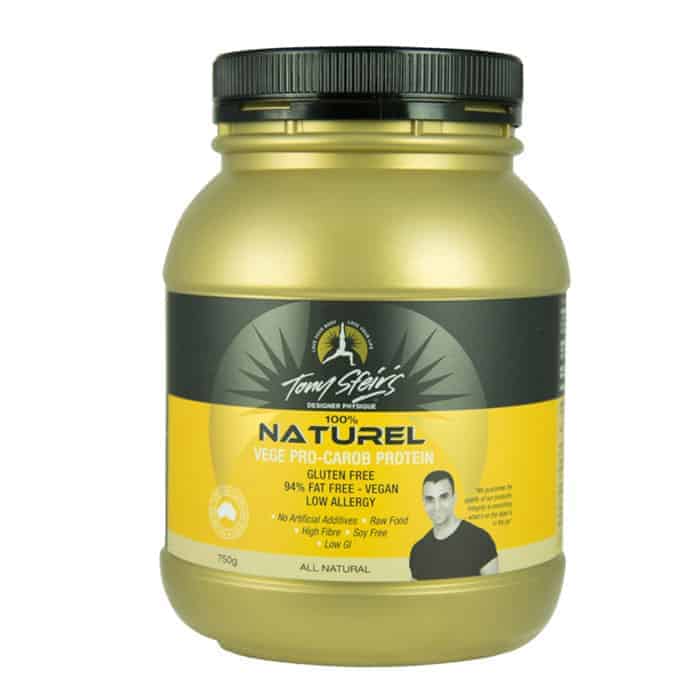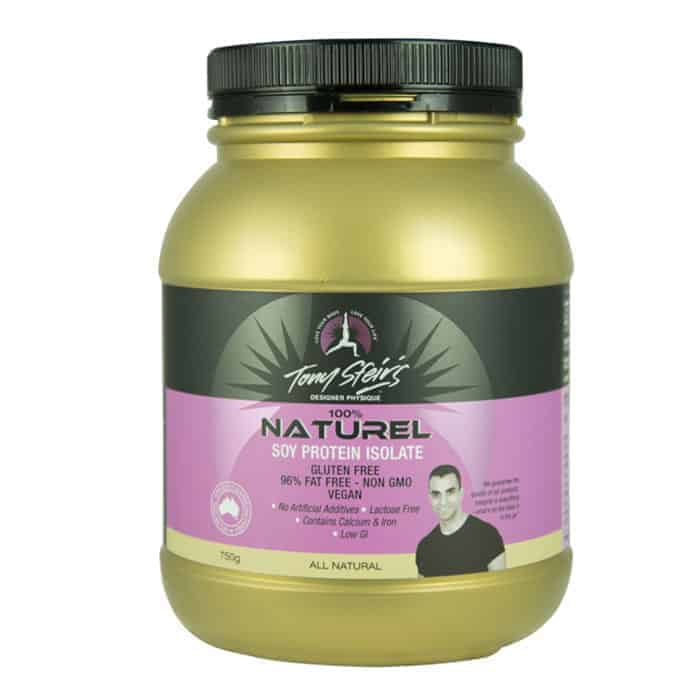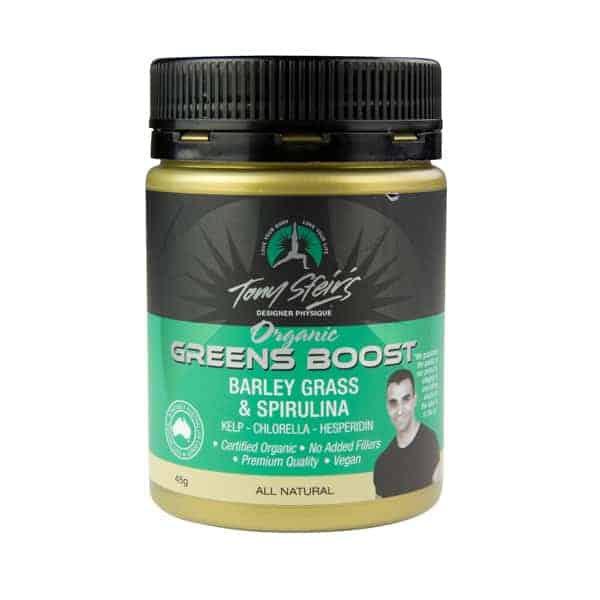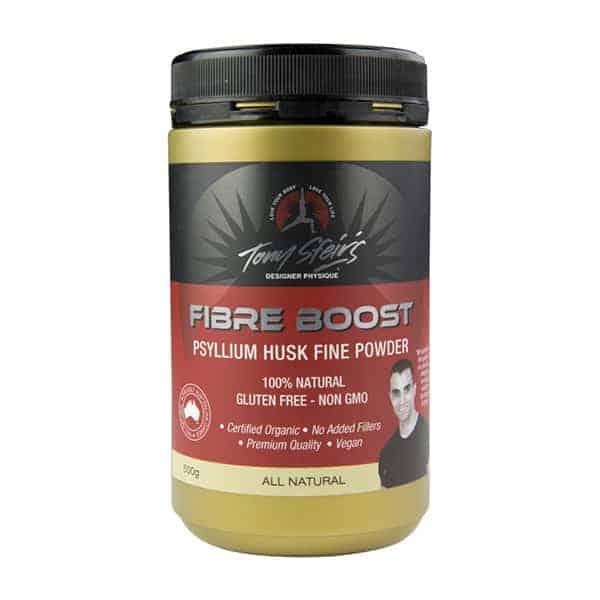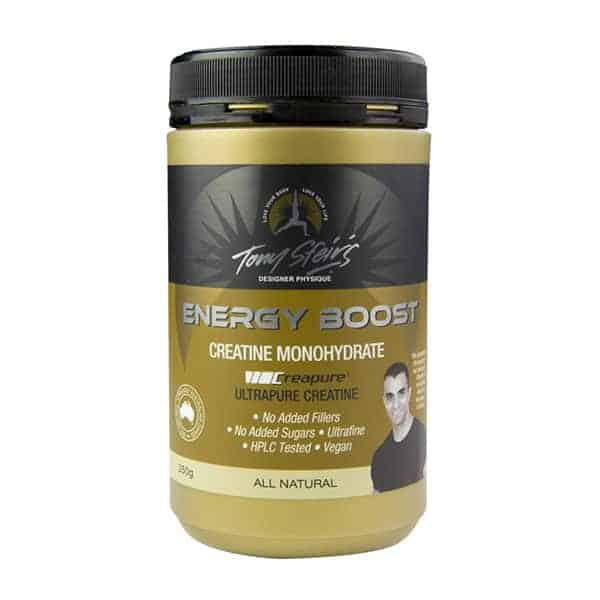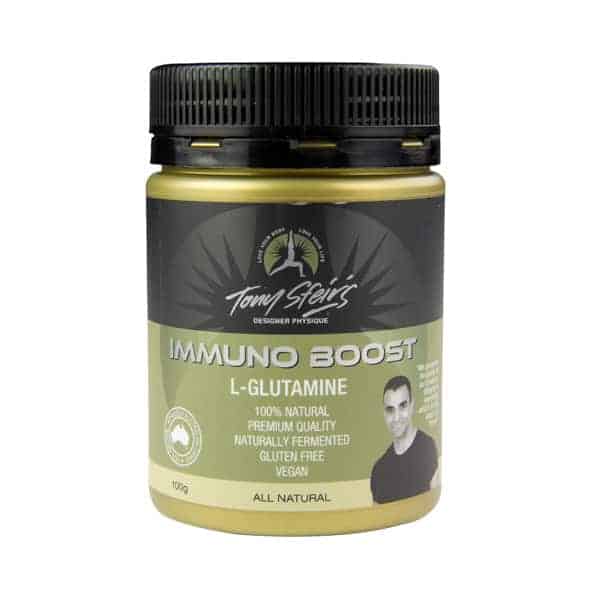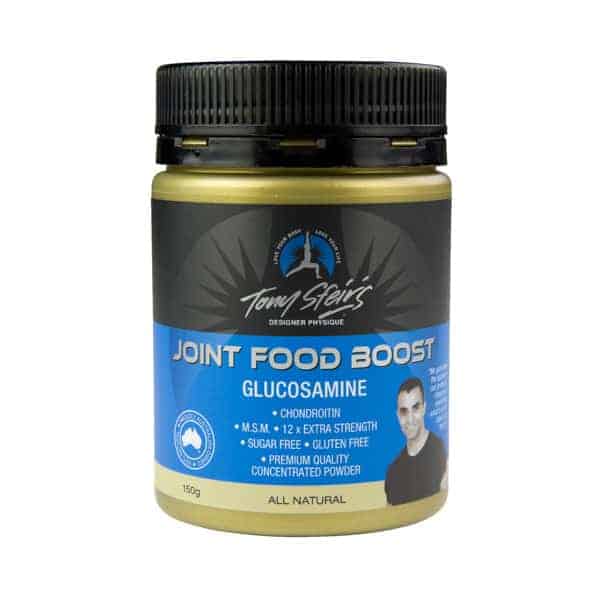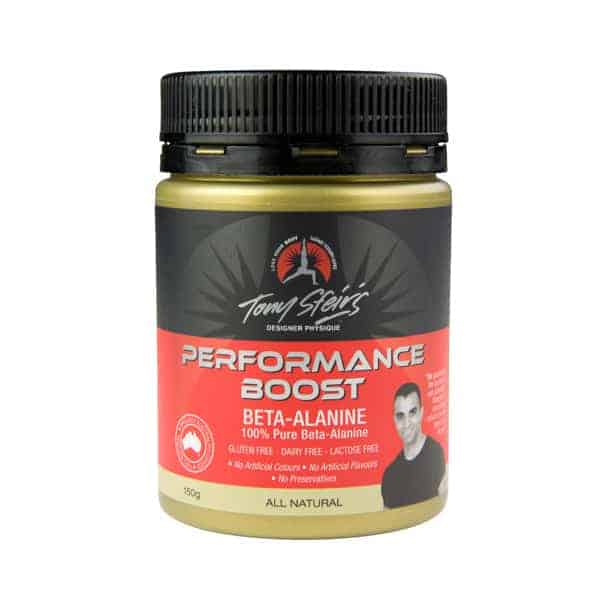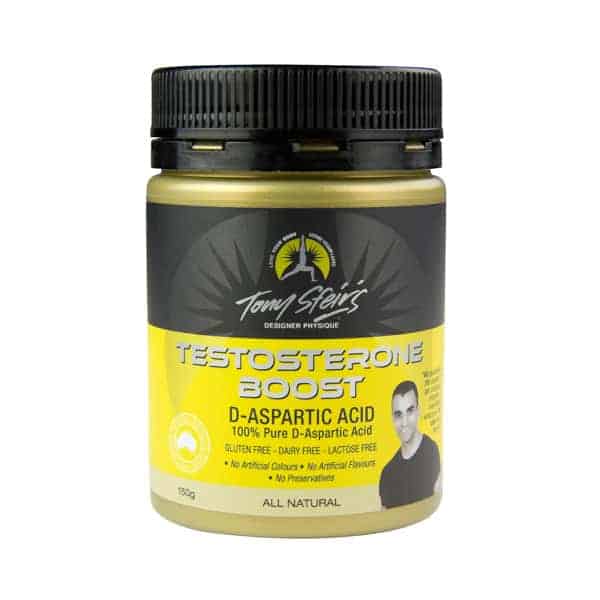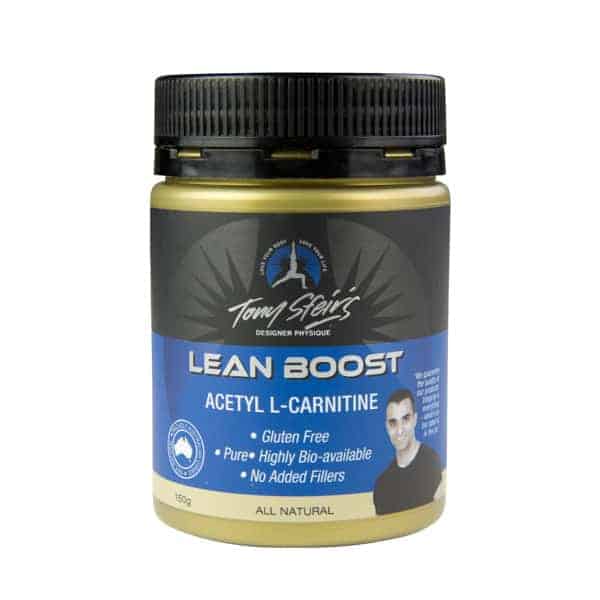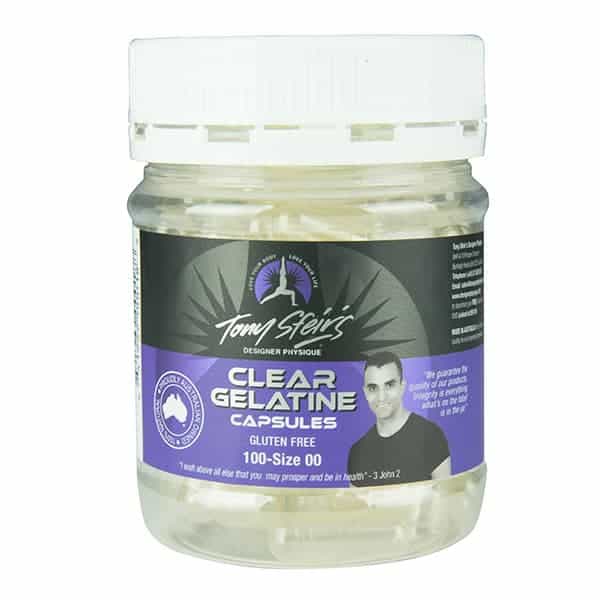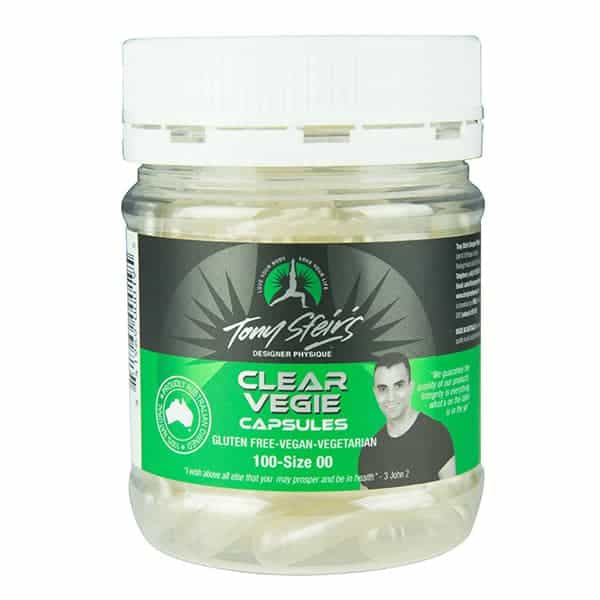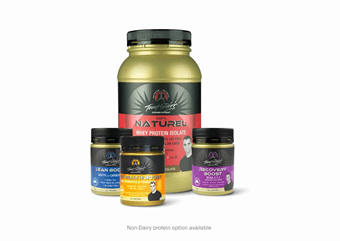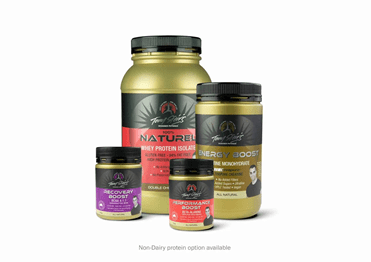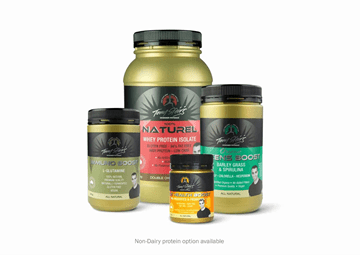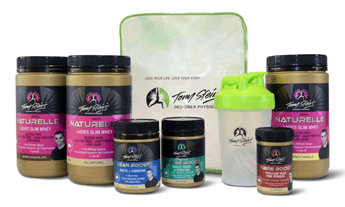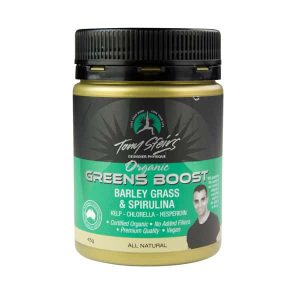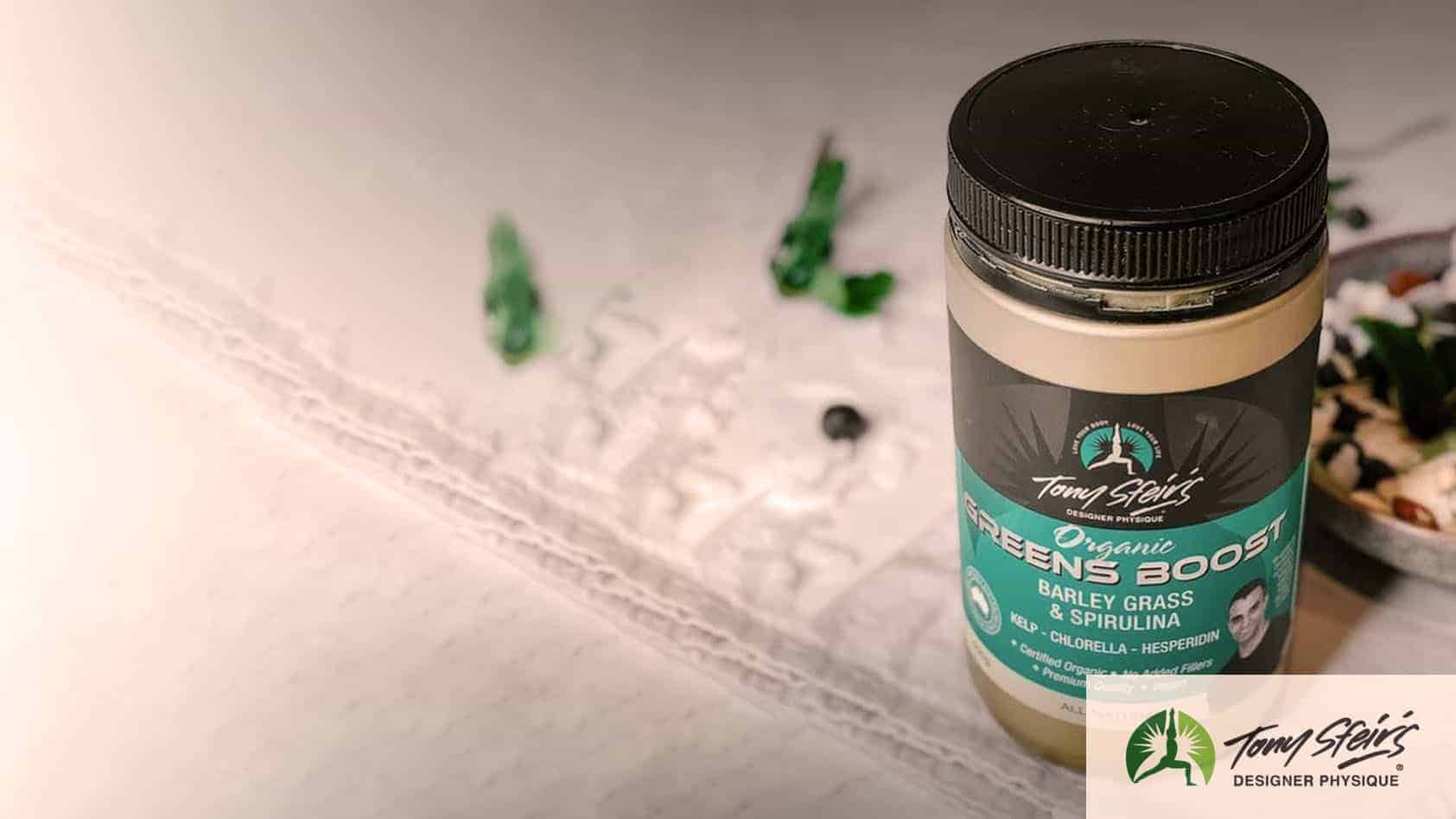You can’t out-supplement a poor diet, right? To some level, this statement is true.
Unfortunately though, even though we may have our calories, macros and everything else dialed in, we can still experience some level of nutrient deficiency.
This is often due to a reduction in micronutrient quality in modern foods, mainly due to a steady decline in the high proportion of nutrient-poor soil (Orians & Milewski, 2007).
These days, our foods tend to have fewer vitamins and minerals, which is often due to a steady decline in quality soil that we need to grow nutrient-rich fruits and vegetables(Orians & Milewski, 2007).
Luckily, we have amazing products to fill in the nutritional gaps, such as Designer Physique’s Organic Greens Boost Powder.
Designer Physique’s Organic Greens Boost Powder provides the convenience of crucial nutrients, using some of the best superfood ingredients to deliver an all-in-one natural multivitamin.
In this article, we’ll be looking at each ingredient, why we included it, and how beneficial it can be.
Barley Grass
Barley grass is the first ingredient in our Organic Greens Boost Powder, and could almost be considered as one of the best functional superfoods, rich in an endless list of antioxidant-rich plant compounds, vitamins, minerals, and amino acids.
Antioxidants protect our bodies from oxidative stress, and this protection reduces our risk of heart disease, arthritis, and other chronic diseases.
There’s a reason why Barley grass is included in most green powders on the market, showing an array of benefits towards human health including improved sleep, immune function, gastrointestinal health, and may even provide resistance against cancer (Zeng et al., 2018).
Saponarin, a natural flavonoid and antioxidant found in barley grass has also shown to contain anti-diabetic effects, and also possess potent liver-protective and detoxifying properties.
Spirulina
Spirulina (Arthrospira platensis) is a blue-green microalgae, containing a high level of essential amino acids, fatty acids, whilst also being a rich source of vitamins and minerals.
It has even been said that spirulina could contain one of the highest concentrations of antioxidants, packed with a fairly substantial level of vegan-friendly omega 3 fatty acids.
Spirulina contains various functional compounds, such as phenolics, phycocyanins, and polysaccharides that lead to its blood pressure-lowering, cholesterol-reducing properties.
It has also been recognised for its ability to reduce the risk of cancer and cardiovascular disease and has also been underscored for its ability to suppress appetite and accelerate the rate of fat loss (Bobescu et al., 2020).
Interestingly, spirulina is also one of the few compounds to protect against heavy metal overload, which we’re often bombarded with through various environmental toxins and pollutants, and inorganic pesticides (Bhattacharya, 2020).
Chlorella
Similarly to Spirulina, Chlorella (Chlorella vulgaris) is also a form of green microalgae that is nutritionally dense in B vitamins, essential minerals, fatty acids, and a complete amino acid profile.
Chlorella contains some of the highest levels of chlorophyll, a plant compound packed full of nutrients that help our body detoxify, lower cholesterol, and may even be a natural internal deodorant (Schüler et al., 2020).
A unique aspect of Chlorella is its ability to build the blood, which essentially means it allows for an increase in oxygen delivery around the body. When we have more oxygen, our energy levels, and aerobic endurance capacity increase, and the result is better exercise performance, allowing us exercise enthusiasts to train harder (Umemoto & Otsuki, 2014).
Lastly, Due to chlorella’s significant detoxifying properties, it’s able to give us greater protection against environmental pollutants, pesticides, and heavy metals that may impact normal physiologic functions throughout the body (Bito et al., 2020).
Kelp
Kelp, otherwise known as seaweed (or macroalgae), has been used in cooking for centuries as a good source of phytonutrients, vitamins, minerals, and unique bioactive compounds.
On top of its nutrient-dense profile, kelp is well recognised for its antioxidant, anti-inflammatory, anti-diabetic and anti-cancer properties.
Although kelp is abundant in essential minerals (such as sodium, calcium, magnesium, iron zinc, the list goes on), it’s also well recognised as a good source of iodine (Peñalver et al., 2020). Iodine is a vital micronutrient we need for healthy thyroid function, which produces hormones that are absolutely critical for the growth and development of our body.
Lastly, kelp contains a particular compound known as alginate, which may block a particular enzyme in the gut known as lipase, involved in the absorption of fat. This means Kelp may be a beneficial ingredient in weight loss management and diabetic control (Wilcox et al., 2014).
Hesperidin
Hesperidin is better known as a plant polyphenol, found in abundance in citrus-based fruits, and serves as protection against pathogens and toxins.
Unlike most polyphenols, hesperidin contains some fairly strong anti-inflammatory properties, positioning it as a therapeutic compound for diseases associated with inflammation (Tejada et al., 2019).
Similar to barley grass, studies have also highlighted hesperidin’s role to reduce oxidative stress throughout the body, and high amounts of oxidation can put us at risk of chronic disease later in life. This also protects our cells for future oxidation, and can even result in an increase in physical performance and endurance (Martínez-Noguera et al., 2019).
The Takeaway
As you can see, our Organic Greens Boost definitely packs an extremely powerful punch, and we’ve got the research to back it up.
Using these five core superfood compounds including barley grass, spirulina, chlorella, kelp, and hesperidin, we can lower inflammation, boost our energy levels, and improve our body’s ability to detoxify, which helps us function better.
What’s even better is that Designer Physique Organic Greens Boost doesn’t use any added sugars, sweeteners, colours, or preservatives at all, we use our five core ingredients, and add nothing else into the jar.
Our Organic Greens Boost can easily be added to water, although if you’re not a fan of that ‘earthy’ green taste, it also works perfectly with any protein powder or favourite protein smoothie recipe.
Intrigued? Pick up a trial size (45g) jar of our Organic Greens Boost Powder Today!
References
- Bhattacharya, S. (2020). The role of spirulina (Arthrospira) in the mitigation of heavy-metal toxicity: An appraisal. Journal of Environmental Pathology, Toxicology and Oncology, 39(2), 149-157. https://doi.org/10.1615/jenvironpatholtoxicoloncol.2020034375
- Bito, T., Okumura, E., Fujishima, M., & Watanabe, F. (2020). Potential of chlorella as a dietary supplement to promote human health. Nutrients, 12(9), 2524. https://doi.org/10.3390/nu12092524
- Bobescu, E., Bălan, A., Moga, M. A., Teodorescu, A., Mitrică, M., & Dima, L. (2020). Are there any beneficial effects of spirulina supplementation for metabolic syndrome components in postmenopausal women? Marine Drugs, 18(12), 651. https://doi.org/10.3390/md18120651
- Martínez-Noguera, F. J., Marín-Pagán, C., Carlos-Vivas, J., Rubio-Arias, J. A., & Alcaraz, P. E. (2019). Acute effects of Hesperidin in oxidant/Antioxidant state markers and performance in amateur cyclists. Nutrients, 11(8), 1898. https://doi.org/10.3390/nu11081898
- Orians, G. H., & Milewski, A. V. (2007). Ecology of Australia: The effects of nutrient-poor soils and intense fires. Biological Reviews, 82(3), 393-423. https://doi.org/10.1111/j.1469-185x.2007.00017.x
- Peñalver, R., Lorenzo, J. M., Ros, G., Amarowicz, R., Pateiro, M., & Nieto, G. (2020). Seaweeds as a functional ingredient for a healthy diet. Marine Drugs, 18(6), 301. https://doi.org/10.3390/md18060301
- Schüler, L., Greque de Morais, E., Trovão, M., Machado, A., Carvalho, B., Carneiro, M., Maia, I., Soares, M., Duarte, P., Barros, A., Pereira, H., Silva, J., & Varela, J. (2020). Isolation and characterization of novel chlorella vulgaris mutants with low chlorophyll and improved protein contents for food applications. Frontiers in Bioengineering and Biotechnology, 8. https://doi.org/10.3389/fbioe.2020.00469
- Tejada, S., Pinya, S., Martorell, M., Capó, X., Tur, J. A., Pons, A., & Sureda, A. (2019). Potential anti-inflammatory effects of Hesperidin from the genus citrus. Current Medicinal Chemistry, 25(37), 4929-4945. https://doi.org/10.2174/0929867324666170718104412
- Umemoto, S., & Otsuki, T. (2014). Chlorella-derived multicomponent supplementation increases aerobic endurance capacity in young individuals. Journal of Clinical Biochemistry and Nutrition, 55(2), 143-146. https://doi.org/10.3164/jcbn.14-58
- Wilcox, M. D., Brownlee, I. A., Richardson, J. C., Dettmar, P. W., & Pearson, J. P. (2014). The modulation of pancreatic lipase activity by alginates. Food Chemistry, 146, 479-484. https://doi.org/10.1016/j.foodchem.2013.09.075
- Zeng, Y., Pu, X., Yang, J., Du, J., Yang, X., Li, X., Li, L., Zhou, Y., & Yang, T. (2018). Preventive and therapeutic role of functional ingredients of Barley grass for chronic diseases in human beings. Oxidative Medicine and Cellular Longevity, 2018, 1-15. https://doi.org/10.1155/2018/3232080

